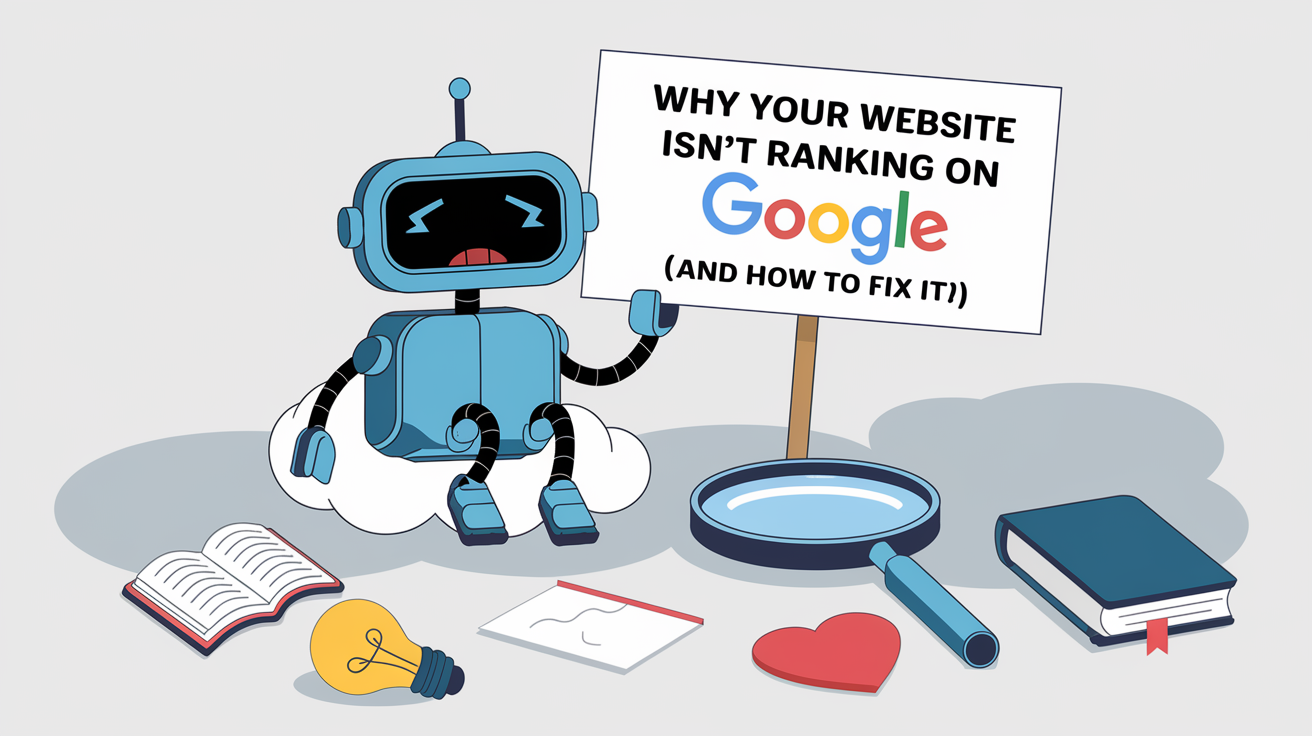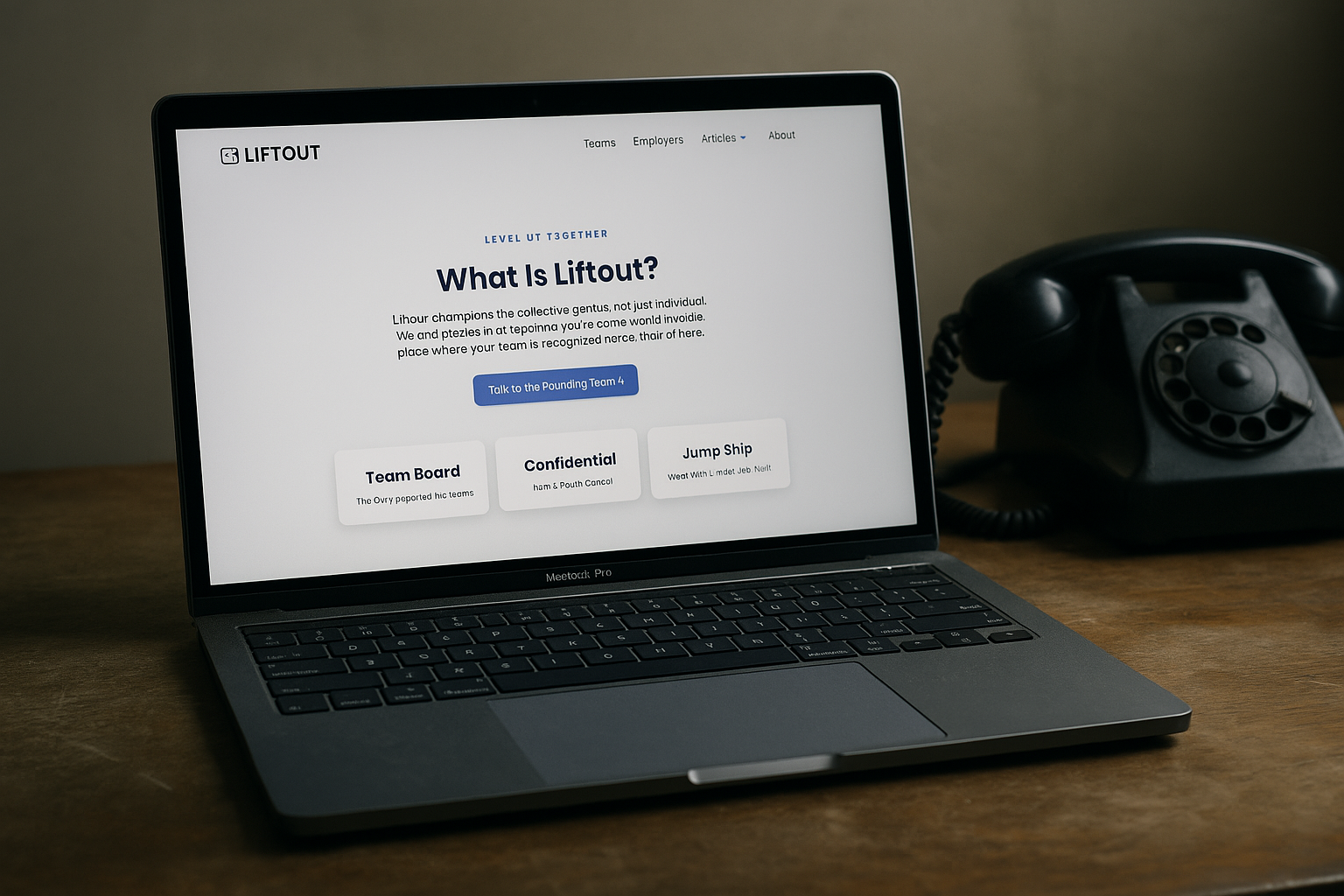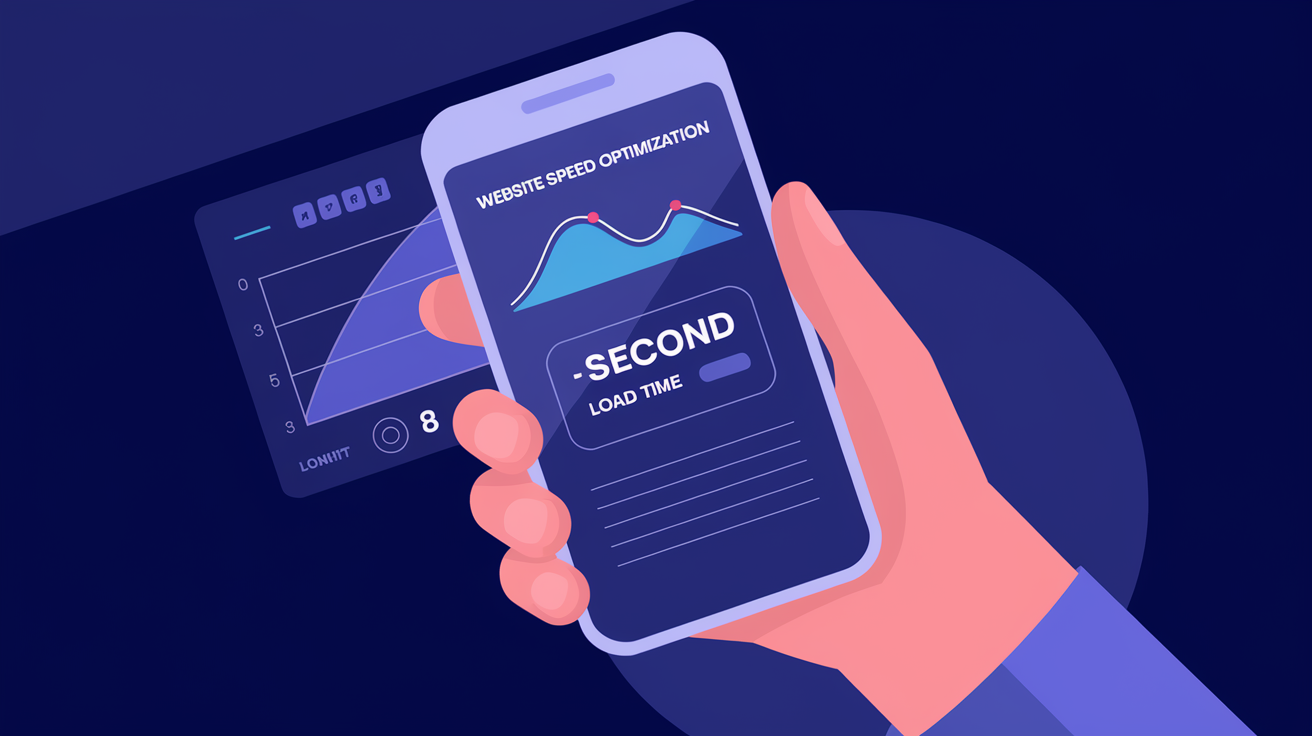Why Your Website Isn’t Ranking on Google (And How to Fix It)
Learn the seven most common reasons your website isn't ranking on Google and get actionable strategies to fix each problem and improve your search visibility.

The Frustration of Invisible Websites
You've built a beautiful website, filled it with great content, and waited patiently for the traffic to roll in. But weeks have passed, and you're still nowhere to be found on Google. Sound familiar?
Don't worry—you're not alone. Many business owners struggle with search engine visibility, but the good news is that most ranking issues can be fixed with the right approach. Let's dive into the ten most common reasons your website isn't ranking, and more importantly, how to fix each one.
1. Your Website Has No Clear Keyword Strategy
Think of Google as a matchmaker. It connects searchers with the best possible results. But if your site isn't optimized for the right keywords, Google doesn't know where to place you in its vast index.
The Fix
Research strategically: Use tools like Google Keyword Planner, Ahrefs, or SEMrush to discover what your target audience is actually searching for.
Focus on long-tail keywords: Instead of competing for broad terms like "marketing services," target specific phrases like "affordable SEO services for small businesses in [your city]."
Optimize your key elements: Place your primary keywords in title tags, meta descriptions, and header tags where they carry the most weight.
Pro Tip: Replace generic titles like "Home | XYZ Marketing" with targeted ones like "Affordable SEO Services for Small Businesses – XYZ Marketing" to immediately signal relevance to both users and search engines.
2. Your Site Loads Too Slowly
In today's fast-paced world, nobody waits for slow websites—including Google. Page speed is a confirmed ranking factor, and for good reason: slow sites create poor user experiences.
The Fix
Benchmark your performance: Test your current speed with Google PageSpeed Insights and aim for a score of 90+.
Optimize your images: Compress images with tools like TinyPNG or ShortPixel without sacrificing quality.
Implement technical improvements: Enable browser caching, lazy load non-critical elements, and minimize HTTP requests.
Choose performance-oriented platforms: If you're using WordPress, select a lightweight, optimized theme.
The Impact: A 1-second delay in page load time can reduce conversions by up to 7%. Speed isn't just about rankings—it directly affects your bottom line.
3. Your Content is Weak
Google's primary mission is to deliver valuable content to searchers. If your website offers thin, outdated, or generic information, it simply won't earn top rankings.
The Fix
Create comprehensive resources: Publish in-depth content that thoroughly answers user questions and solves real problems.
Go beyond the basics: While quality trumps quantity, longer-form content (1,500+ words) tends to rank better for competitive terms.
Structure for readability: Use proper heading hierarchy (H1, H2, H3) to organize your content in a way that's easy for both humans and search engines to navigate.
Build content connections: Add relevant internal links to guide users to related information on your site.
Content Evolution: Instead of publishing basic 300-word overviews, create definitive guides with actionable advice, examples, and visual elements that make your content the go-to resource in your niche.
4. You're Missing Basic Technical SEO
On-page SEO involves optimizing individual pages to rank higher and earn more relevant traffic. These technical details might seem small, but they add up to significant ranking improvements.
The Fix
Optimize your URLs: Create concise, descriptive URLs (e.g., yourdomain.com/seo-tips instead of yourdomain.com/page123).
Craft compelling meta descriptions: While not a direct ranking factor, engaging meta descriptions improve click-through rates, which do influence rankings.
Make images searchable: Add descriptive alt text to all images so search engines can understand their content and context.
Create a logical site structure: Use internal linking to establish page hierarchy and help search engines understand your most important content.
Optimization Example: Transform a generic "Services" page into a highly targeted "Professional SEO Services for E-Commerce Businesses" page with optimized headers, meta elements, and content.
5. Your Site Architecture is a Mess
Even with stellar content and perfect on-page optimization, underlying technical problems can prevent your site from reaching its ranking potential.
The Fix
Audit for broken links: Use tools like Screaming Frog SEO Spider to identify and fix broken links that create poor user experiences.
Resolve duplicate content: Implement canonical tags to tell search engines which version of similar pages should be indexed.
Redirect properly: Set up 301 redirects for old or moved pages to preserve their accumulated ranking power.
Submit a sitemap: Create and submit an XML sitemap through Google Search Console to ensure all your pages are discovered and indexed.
Technical Impact: Technical SEO issues like 404 errors, duplicate content, and crawl errors can silently undermine your ranking efforts if left unaddressed.
6. You Have Zero Authority
In the world of SEO, backlinks function as votes of confidence. When reputable websites link to yours, Google interprets this as a signal that your content is trustworthy and valuable.
The Fix
Start with the fundamentals: Get listed on relevant business directories, including Google Business Profile, Yelp, and industry-specific platforms.
Share your expertise: Write guest posts for authoritative sites in your niche to build relationships and earn quality backlinks.
Create link-worthy assets: Develop original research, statistics, infographics, or tools that naturally attract links from other content creators.
Connect with journalists: Use platforms like HARO (Help a Reporter Out) to get featured in news articles relevant to your industry.
The Authority Gap: Studies show that the #1 result on Google typically has 3.8 times more backlinks than positions #2-10. Building a strategic backlink profile is essential for competitive rankings.
7. Your Local SEO is Non-Existent
If you're a local business, ignoring local SEO means missing out on customers who are actively searching for services in your area.
The Fix
Claim your Google Business Profile: Ensure your business information is accurate and complete.
Optimize for local keywords: Include location-based terms in your content and meta tags.
Build local citations: Get listed in local directories and maintain consistent NAP (Name, Address, Phone) information across all platforms.
Encourage customer reviews: Positive reviews not only build trust but also improve local search rankings.
8. You're Not Mobile-Friendly
With more than 60% of searches now happening on mobile devices, having a mobile-optimized website isn't optional—it's mandatory for SEO success.
The Fix
Test your mobile experience: Use Google's Mobile-Friendly Test to identify specific issues affecting your site.
Prioritize readability: Ensure text is easily readable without requiring users to pinch or zoom.
Optimize for interaction: Make buttons and navigation elements large enough to tap easily with a finger.
Consider mobile-first design: Design for the smallest screen first, then enhance for larger screens.
Mobile Reality: Google now uses mobile-first indexing, meaning it primarily uses the mobile version of your site to determine rankings. Ignoring mobile optimization directly impacts your visibility across all devices.
9. You've Ignored User Experience
User experience signals like bounce rate, time on site, and click-through rates all influence your search rankings. A poor user experience tells Google that your site isn't providing value.
The Fix
Improve navigation: Make it easy for users to find what they're looking for with clear, intuitive navigation.
Enhance page design: Use clean, professional designs that guide users toward your desired actions.
Optimize content layout: Break up text with headers, bullet points, and images to improve readability.
Reduce friction: Minimize the steps required for users to contact you or make a purchase.
10. You're Not Tracking or Analyzing
You can't improve what you don't measure. Without proper tracking and analysis, you're flying blind when it comes to SEO performance.
The Fix
Set up Google Analytics: Track your website traffic, user behavior, and conversions.
Use Google Search Console: Monitor your search performance, identify crawl errors, and track keyword rankings.
Regular audits: Conduct monthly SEO audits to identify new issues and opportunities.
Monitor competitors: Keep an eye on what your competitors are doing and learn from their successes.
The Path Forward
If your website isn't ranking well, remember that Google isn't punishing you—it's simply following its algorithm to deliver the best results to searchers. By addressing these ten common issues, you'll align your site with what search engines are looking for.
SEO success doesn't happen overnight, but with consistent effort and the right strategy, you can steadily climb the rankings and attract the organic traffic your business deserves.
Need help implementing these solutions? Working with an experienced SEO specialist can help you identify specific issues holding your site back and develop a customized plan to fix them. The investment in proper optimization typically pays for itself many times over through increased visibility, traffic, and conversions.
What SEO challenges is your website facing? Start by running a basic audit using free tools like Google Search Console and PageSpeed Insights to identify your biggest opportunities for improvement.
Continue Reading

Push vs. Pull Marketing for Startups
Liftout was a smart idea with a working product. But we weren’t willing to do the early work that doesn’t scale — and that’s what killed it.

Website Speed Optimization That Drives Revenue Growth
Learn which speed optimizations truly impact your bottom line and how to implement them in order of highest ROI to transform user experience and boost conversions.

Hidden SEO Opportunities
Standard SEO advice works—until it doesn't. Discover hidden opportunities most websites overlook that can drive exceptional traffic without massive budgets.
